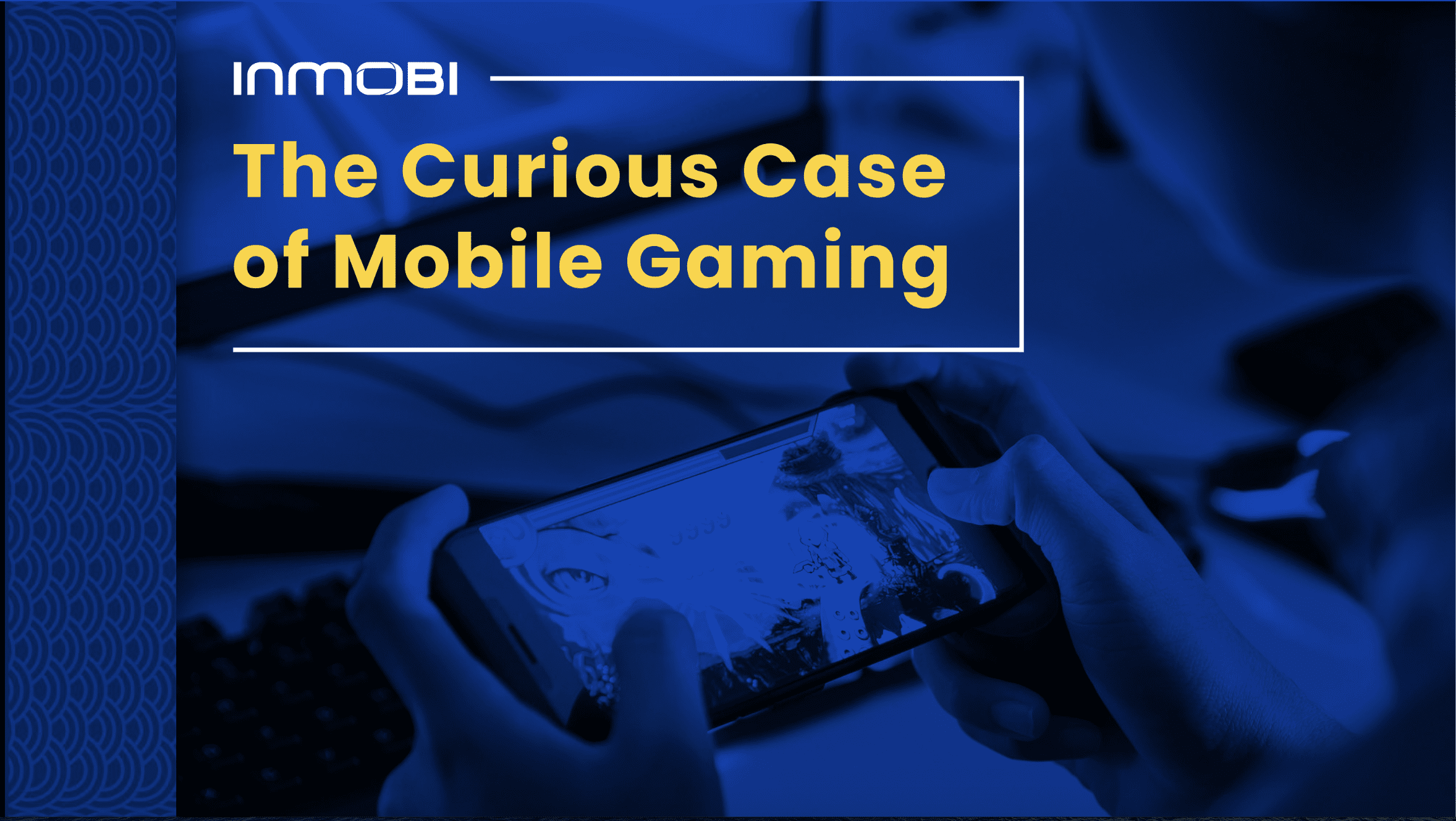- In-App Monetization
- Japan
- Media Consumption & Trends
Charting The Emergence of Hypercasual Gaming in Japan

Like everywhere else in the world, casual and hypercasual mobile games are all the rage in Japan. In a country that has played an outsized influence in gaming over the past decades, however, to see these kinds of gaming apps become especially popular in Japan is unique and worth exploring further.
History of Gaming in Japan
The biggest names in gaming worldwide, including Sony and Nintendo among them, are from Japan and have been around for decades. And in the 1980s, some of the biggest arcade games like Pac-Man and Donkey Kong came out of Japan too.
In the more recent past, Japan has been associated with console gaming, including Sony PlayStation and Nintendo’s various offerings. And on top of all this, don’t forget all of the classic video games and video game characters that have emerged from this market – Mario, Zelda, Pokémon, the list goes on and on.
Mobile and Gaming in Japan
On the mobile front, the Japanese market was an early adopter, which is hardly surprising since Japan is known for adopting technology en masse before most of the rest of the world. In Japan in particular, cellphones with some internet capabilities have been around since 1999, with 3G networks in the country since 2001.
Currently, there are over 94 million smartphone users in the country, and overall more than 96% of all Japanese households have at least one mobile device. There are also over 136 million 4G subscriptions in Japan today – no small feat for a country with only around 126 million people.
In terms of mobile gaming, two trends largely dictated the state of affairs in the past. For one, the vast majority of mobile games played in Japan were made by Japanese companies, with little international competition. In addition, most games available monetized through in-app purchases (I.e. loot boxes) instead of ads.
Largely, this model proved successful. In 2014, 29% of all mobile gaming revenues were coming out of Japan. In comparison, just 7% was from China while 8% was from South Korea.
This dynamic has been changing significantly over the past few years, however, as international games made more headwinds in the Japanese market. This has, in part, led to casual and hypercasual games becoming more commonplace – and this in turn has led Japanese gaming studios to follow consumers and embrace this style of mobile gaming.
The Current State of Mobile Gaming in Japan
Today, even major names in gaming like Nintendo and Bandai/Namco have embraced mobile gaming, offering free-to-play casual titles featuring popular characters. This helps to highlight just how thoroughly even the big names in video games have embraced mobile.
This trend in particular is best exemplified by Pokémon. Long a console-only offering, now perhaps the most widely played Pokemon game is Pokemon GO, which was released in 2016 and using then-revolutionary augmented reality.
Although perhaps the one company the exemplifiers the current state of Japanese mobile gaming is ITI. They make some of the most popular hypercasual games globally, including Rescue Cut and Golf Nest. Most critically, these games are popular not just in Japan but worldwide. Kayac is another good example of the current state of Japanese mobile gaming, as their hypercasual titles like Park Master has recently become global successes.
By 2019, close to 46% of the top free mobile games in Japan were hypercasual titles. While this pales in comparison to the U.S. (where it is closer to 72%), it’s still up considerably from 2017, when the percentage was under 11%.
Predicting Japan’s Mobile Gaming Future
In markets like the U.S., hypercasual titles have come to dominate the App Store and Google Play charts, garnering more downloads and more ad revenue than just about any other single app category. While this is not quite the state of affairs in Japan yet, it likely will be in the near future should current trends continue. The gaming public in Japan and worldwide continues to enjoy casual titles from big names like Konami and smaller upstarts like ITI and Kayac, and that will probably still be the case in 2022 and beyond.
Where do you see the mobile gaming space in Japan heading? Let us know on social media! You can reach us on LinkedIn, Twitter, Facebook and Instagram.
Have any questions about mobile gaming? Reach out to us directly to speak to our mobile experts, or head to go.inmobi.com/gaming today.
Stay Up to Date
Register to our blog updates newsletter to receive the latest content in your inbox.









